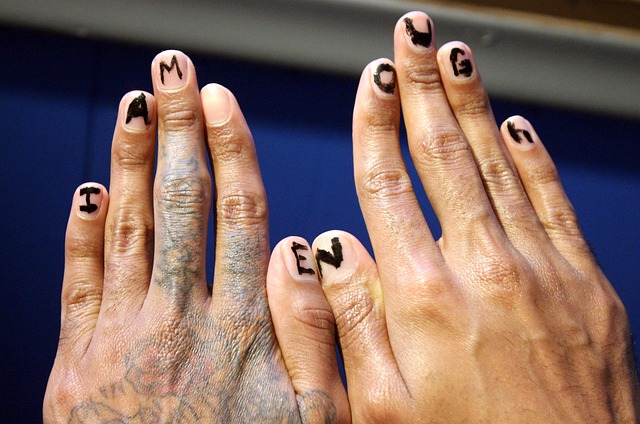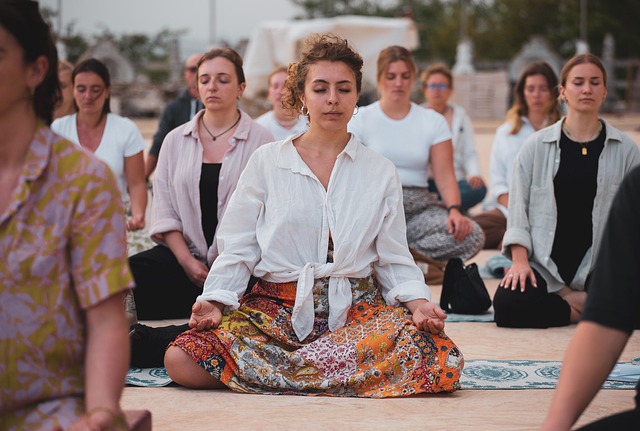
Habits of Balance Digital Detox vs Human Connection
In an age where notifications ping at the slightest glance, our daily routines have become tightly woven around screens. Yet, the same technology that offers instant information and global connectivity also invites a subtle erosion of face‑to‑face interaction. To navigate this paradox, we must examine the habits that shape our relationship with digital devices and the habits that nurture authentic human connection. By consciously adjusting these patterns, we can achieve a balanced rhythm that supports both our mental well‑being and our social fabric.
Habits that Bind Us to Screens
The first habit that many of us develop is the reflexive reach for a phone when something feels missing. Studies show that checking a device every few minutes can fragment attention and elevate cortisol levels, leading to stress rather than relief. This constant pull creates a loop: the phone feels essential, but its presence undermines focus and reduces opportunities for spontaneous, meaningful conversation.
- Alarm clocks that double as the first social media check.
- Multitasking during meals, where the conversation is secondary to scrolling.
- Using digital devices as a default response mechanism in social settings.
These habits, while often unconscious, reinforce the idea that digital engagement is the default form of social interaction. Recognizing them is the first step toward redefining how we allocate our attention.
Impact on Well‑Being
When our habits lean heavily toward digital consumption, several subtle changes occur. Sleep quality declines due to blue light exposure, creativity wanes as constant information overload crowds out quiet thought, and empathy can erode because virtual exchanges lack the non‑verbal cues essential for emotional nuance.
“The more we let screens dictate our presence, the less we are present with those around us.”
These outcomes underscore the importance of rebalancing our daily routines to include habits that foster genuine connection.
Building Digital Detox Habits
Detoxing from digital overload is not about eliminating technology but about setting intentional boundaries. Below are practical habits that can help:
- Scheduled Phone‑Free Times: Designate specific windows each day—such as during breakfast or the hour before bed—when devices remain offline.
- Physical Separation: Keep your phone in another room while you engage in a conversation or activity that demands full attention.
- Mindful Notifications: Turn off non‑essential alerts; allow only the ones that serve clear, immediate needs.
- Digital Sabbaticals: Commit to a weekend or a week with reduced screen usage to reset your mental bandwidth.
- Use Analog Tools: Replace digital calendars with paper planners; use a handwritten journal instead of a note‑taking app.
By embedding these habits into everyday life, we create space for reflection, deep listening, and a reconnection with the physical world.
Nurturing Human Connection Habits
When the pull toward digital devices subsides, the next layer of habit formation involves actively cultivating real relationships. This can be achieved by:
- Setting regular in‑person or video call check‑ins with friends and family.
- Engaging in shared hobbies that encourage conversation without screens, such as cooking classes or walking groups.
- Practicing active listening—mirroring what the speaker says and asking open‑ended questions.
- Offering physical presence during milestones, like anniversaries or birthdays, even if you must travel a short distance.
- Volunteering or participating in community events to meet new people organically.
These habits shift the focus from quantity of interactions to quality, deepening emotional bonds and enhancing overall life satisfaction.
Measuring the Balance
To maintain equilibrium, track how you allocate your time. A simple habit tracker can record minutes spent on digital tasks versus minutes spent in face‑to‑face interactions. Over time, patterns emerge, revealing whether the habits you’ve introduced are sustainable or need adjustment.
“Balance is not a static state but a continuous adjustment of habits.”
Integrating Habits for Long‑Term Well‑Being
The most successful approach blends digital and human habits into a cohesive lifestyle. Consider the following strategies:
- Digital Presence, Human Priority: Use technology to facilitate human connection—schedule a group video call rather than sending a chain of messages.
- Mindful Consumption: Curate your feeds to include uplifting, educational content that supports growth rather than passive scrolling.
- Routine Rituals: End each day with a habit that excludes screens—read a book, practice gratitude journaling, or meditate.
- Social Accountability: Pair with a friend or partner who shares the same balance goal; hold each other accountable for maintaining healthy habits.
- Periodic Review: Every month, assess whether your habits still serve your well‑being and adjust them accordingly.
By weaving these habits into the fabric of daily life, technology becomes a tool, not a tyrant; human connection remains a central pillar rather than an afterthought.
Final Thoughts
Habits are the silent architects of our experience. In a world that prizes connectivity, we can choose habits that honor our need for both digital convenience and genuine human touch. By setting intentional boundaries, cultivating mindful consumption, and prioritizing real interactions, we forge a balanced rhythm that nurtures both mind and heart. The challenge lies not in eliminating devices but in redefining how we use them—turning habits into deliberate acts that enrich, rather than dilute, our lives.



